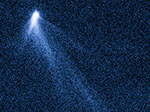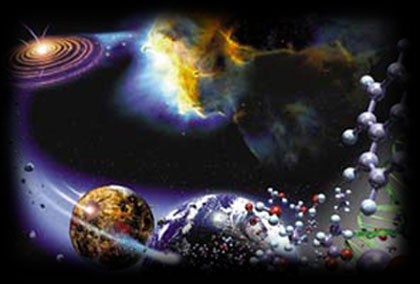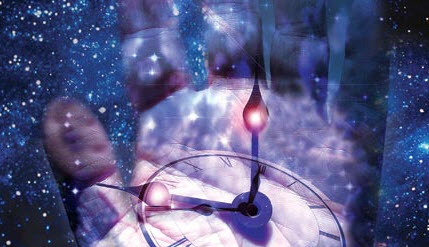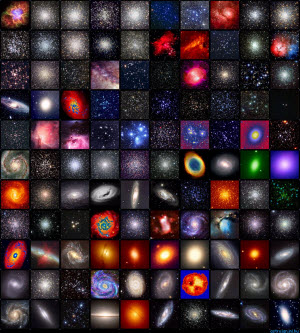The Leonids are active from Nov 15-20 and will peak this year during the very late evening of Nov 17, which means the early morning of the 18th will be the optimum time to view. Rates are expected to be normal, ie around 15-25 per hour.
Keep an eye out for a few meteors on the night of Nov 4/5th when the South Taurid meteor shower reaches a peak, and then again on the night of Nov 11/12 when the North Taurid meteor shower peaks. Hourly rates for both showers are not more than half a dozen; however Taurids can be bright and produce the occasional spectacular fireball. [Read more about Meteor Activity - November 2013]

 Asteroid P/2013 P5
Asteroid P/2013 P5
 The 21st Century is sure to be full of insights about the origin of the Universe, its eventual fate, and the journey between the two.
The 21st Century is sure to be full of insights about the origin of the Universe, its eventual fate, and the journey between the two. 
